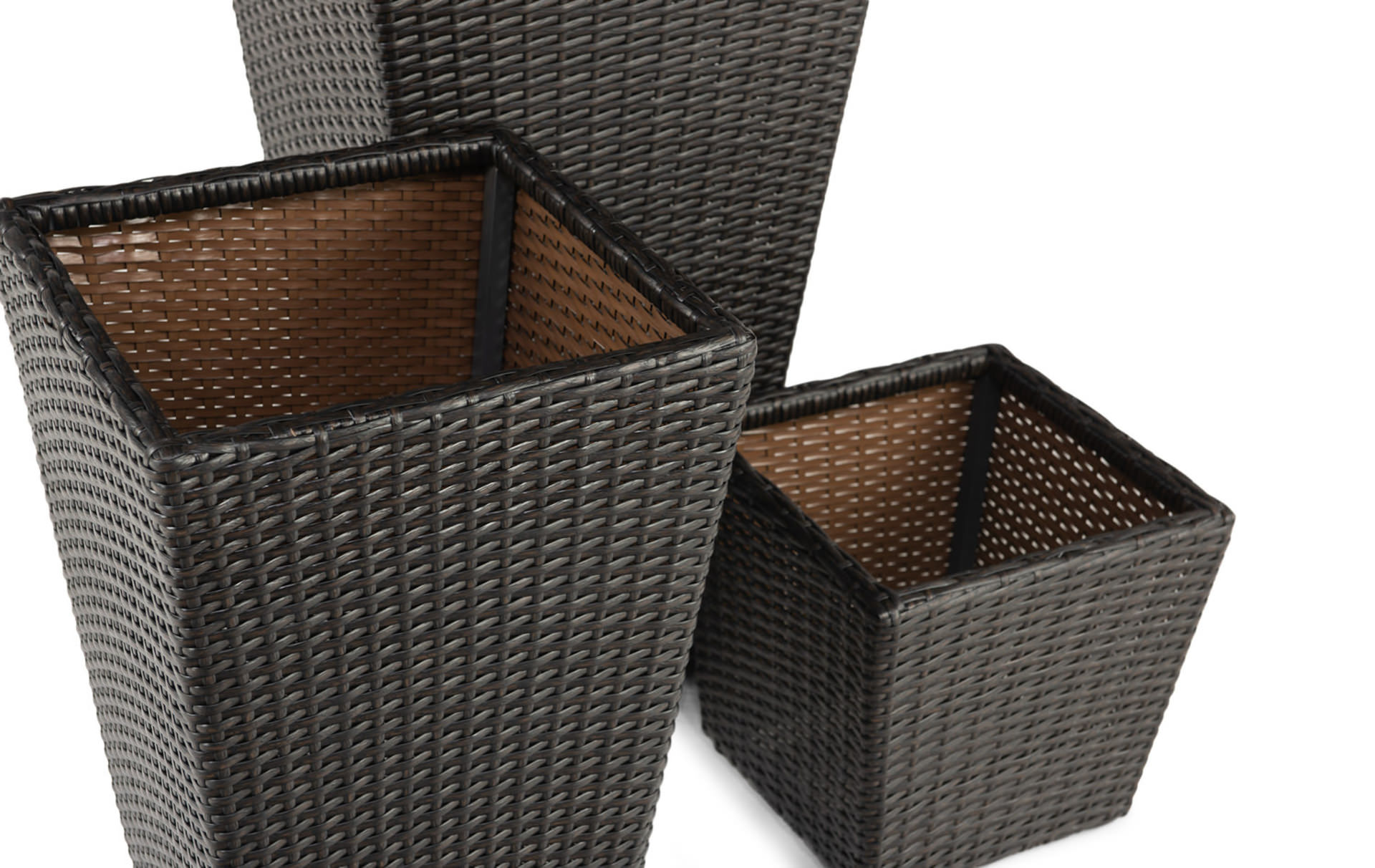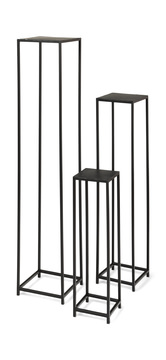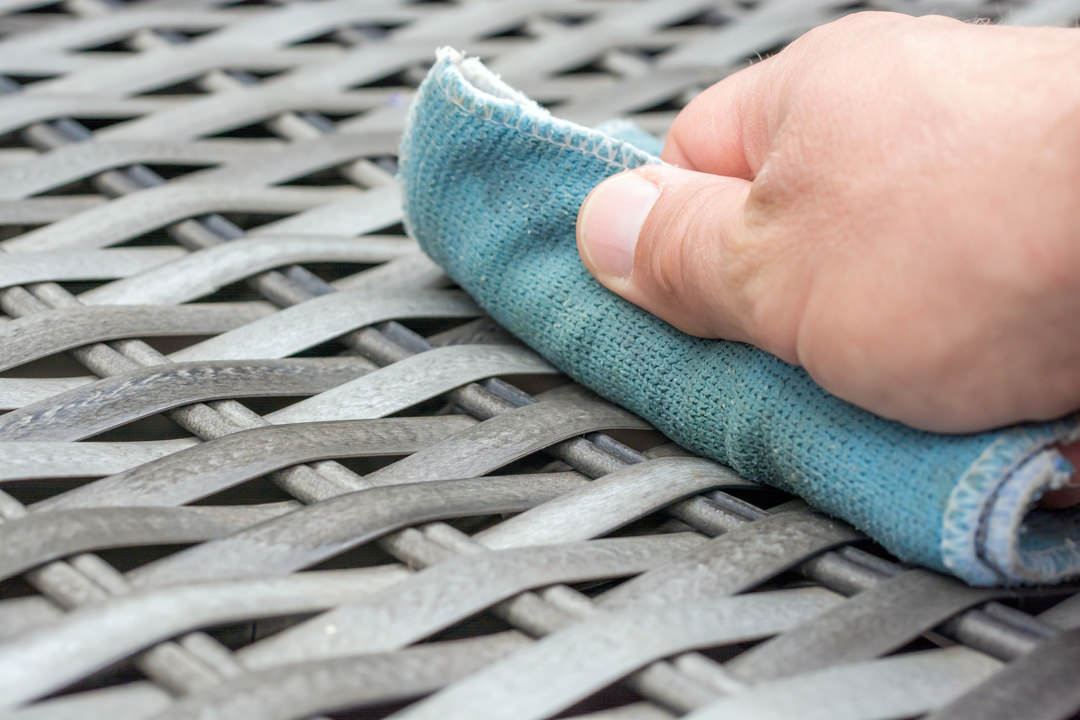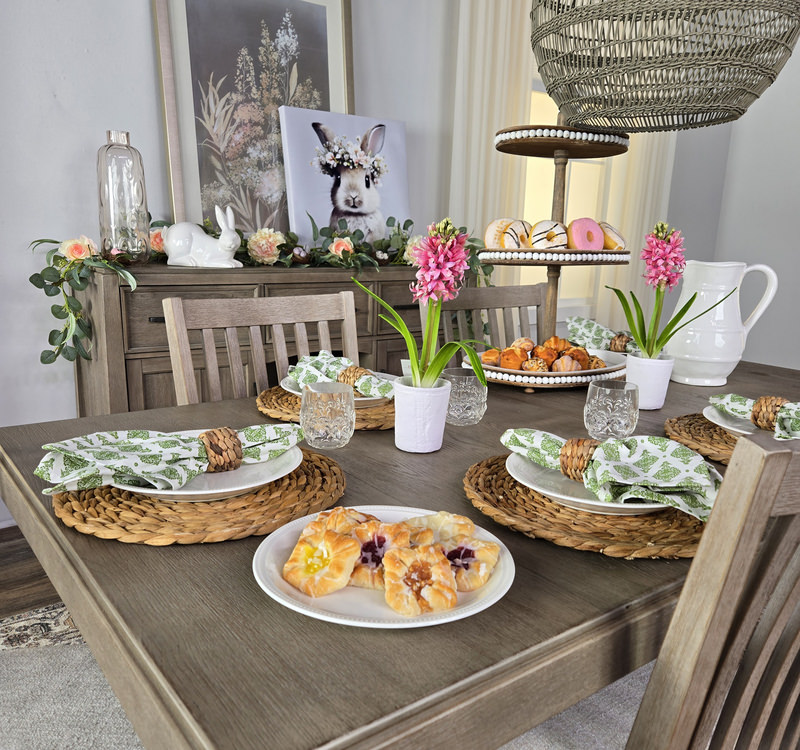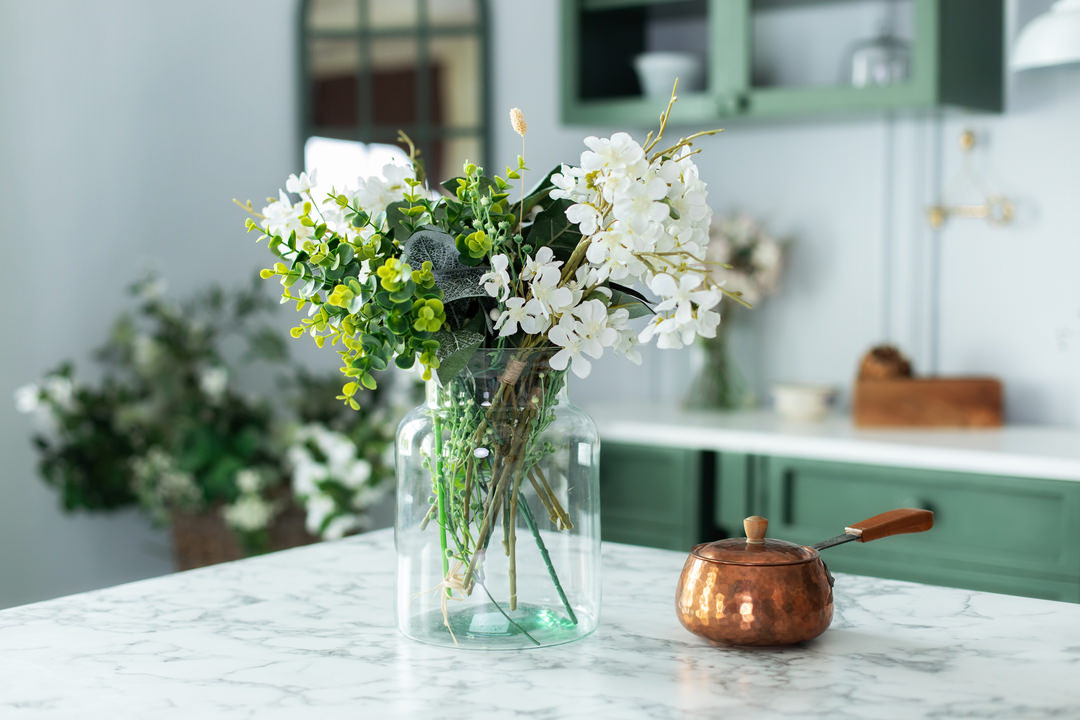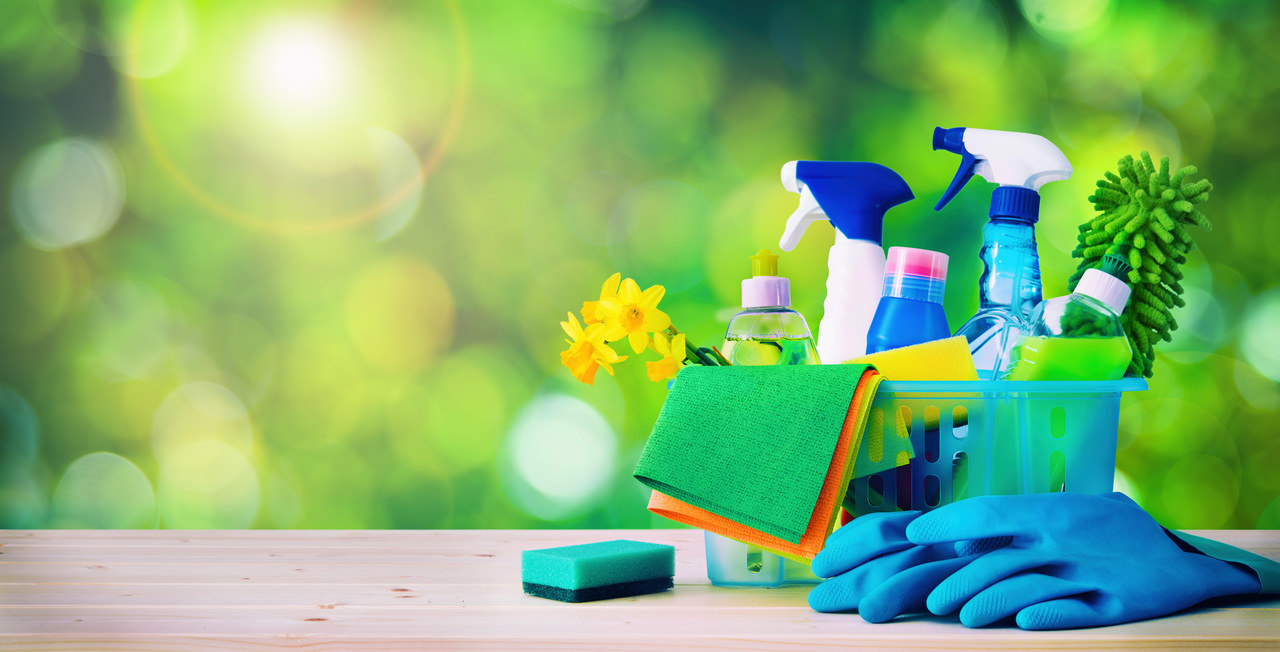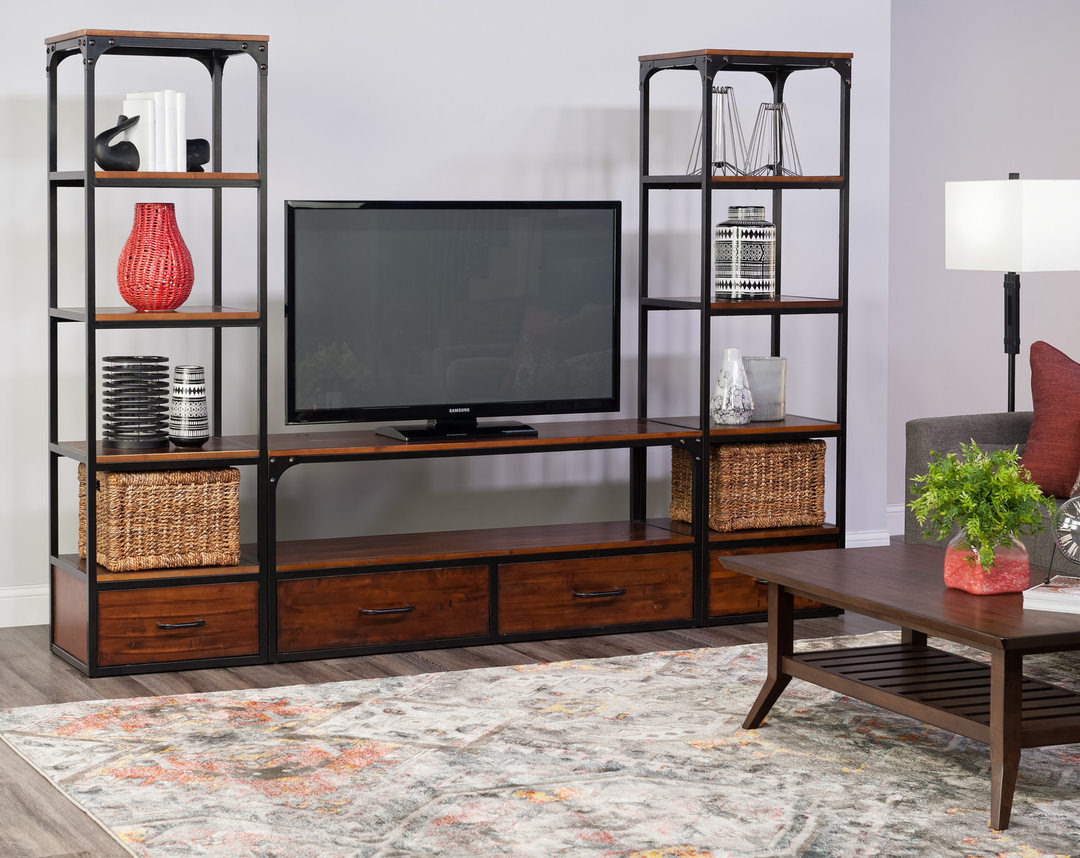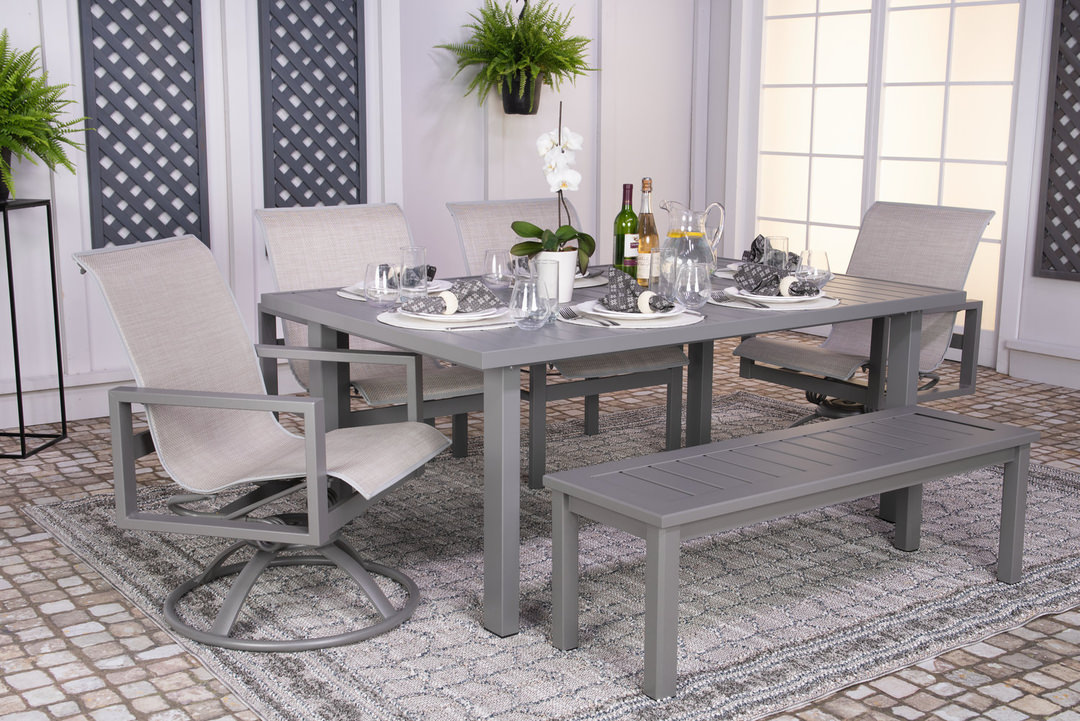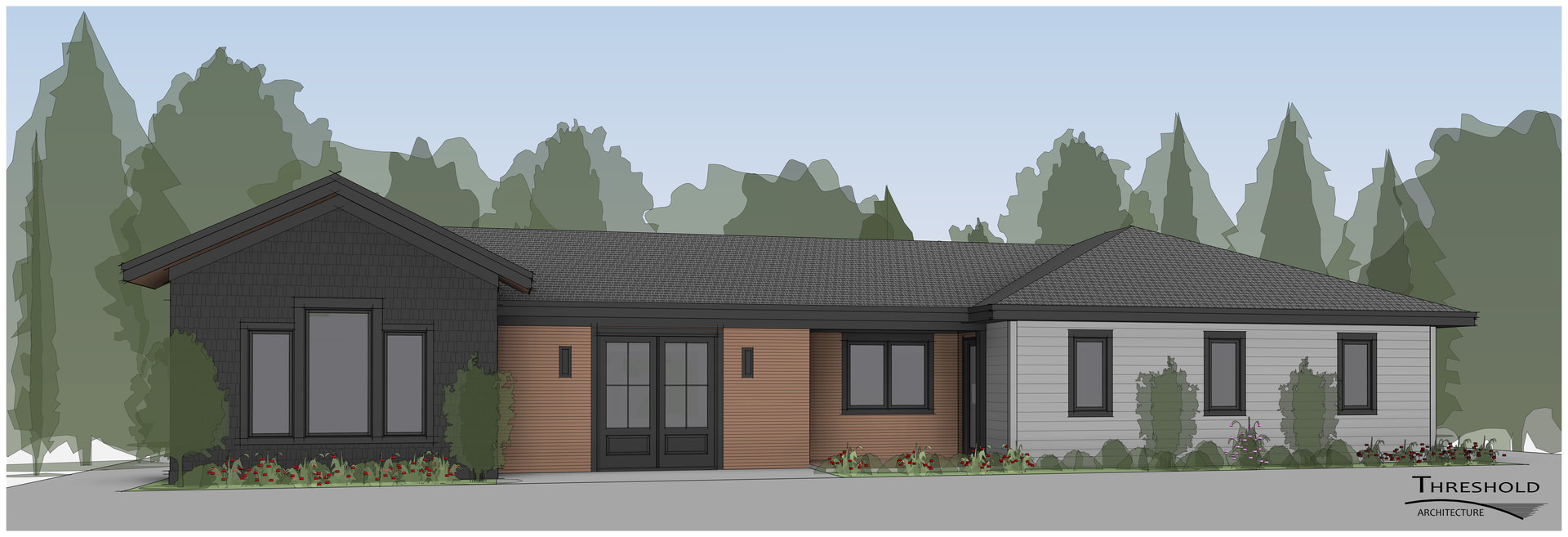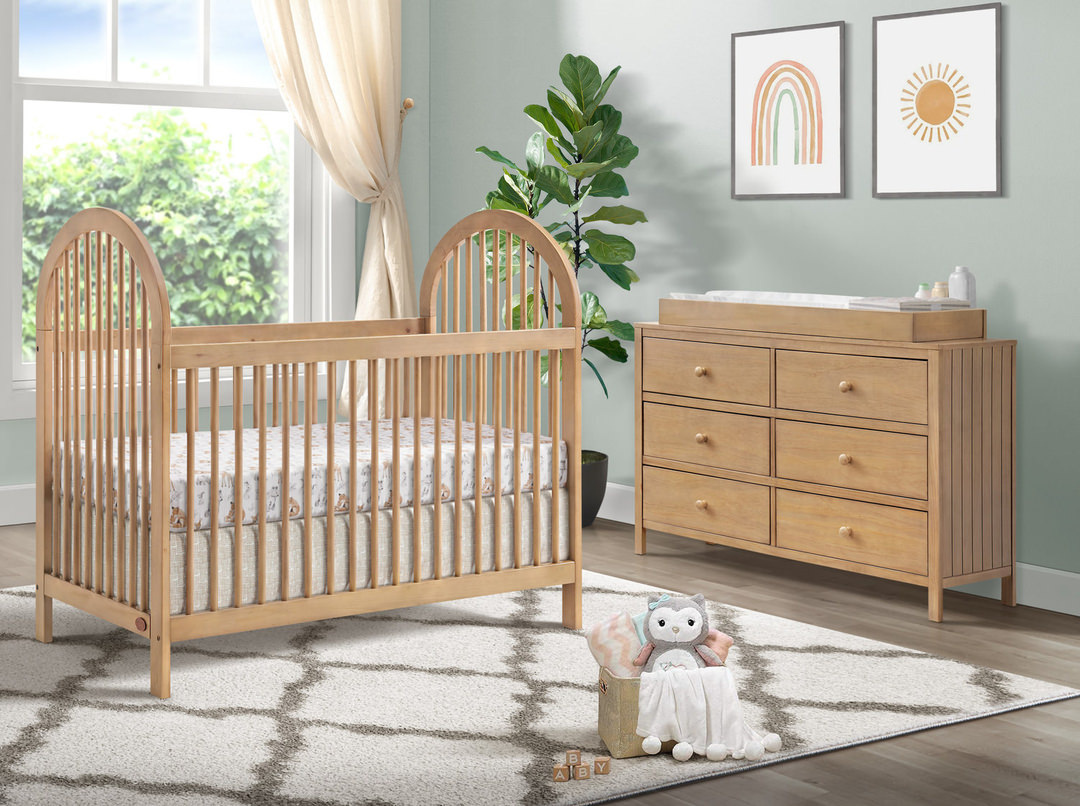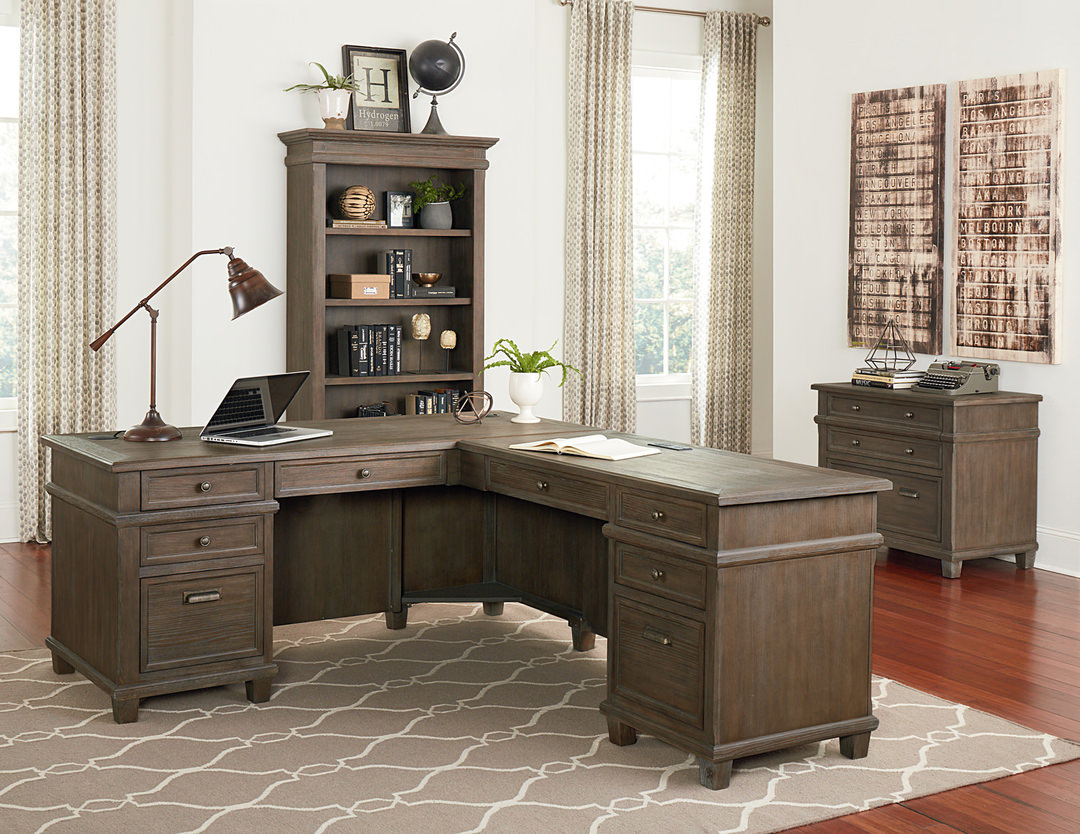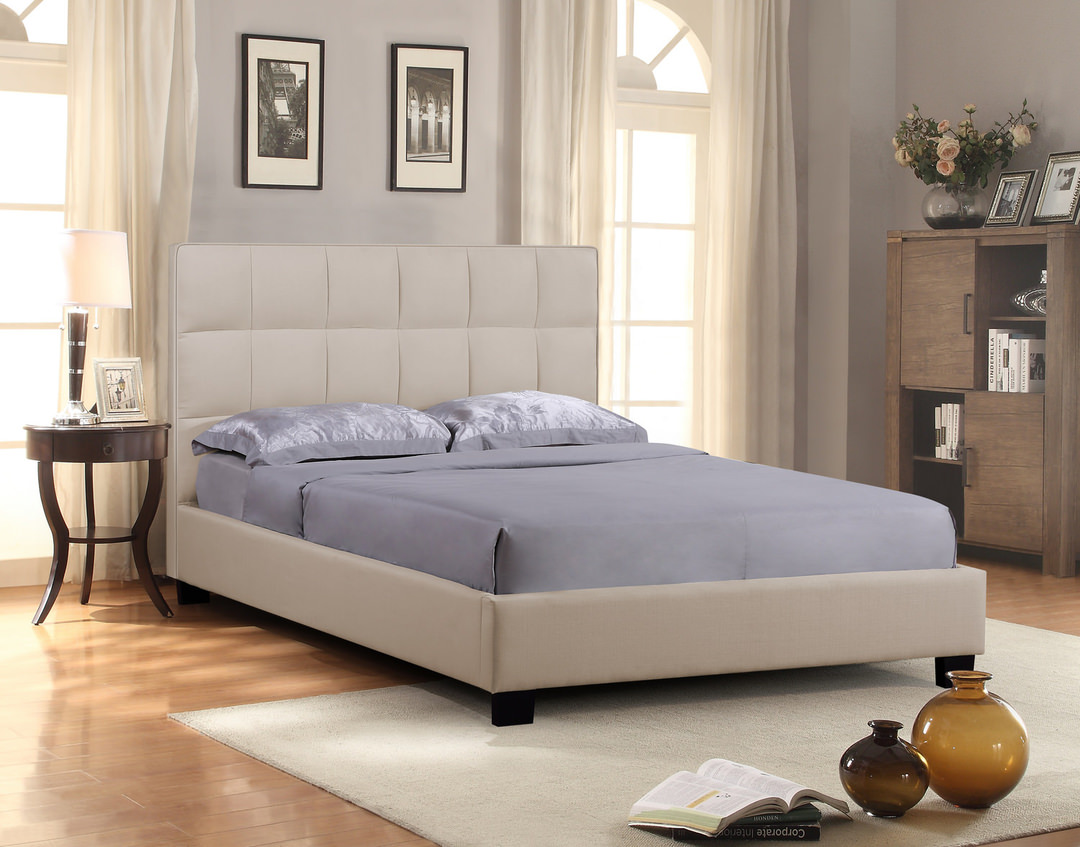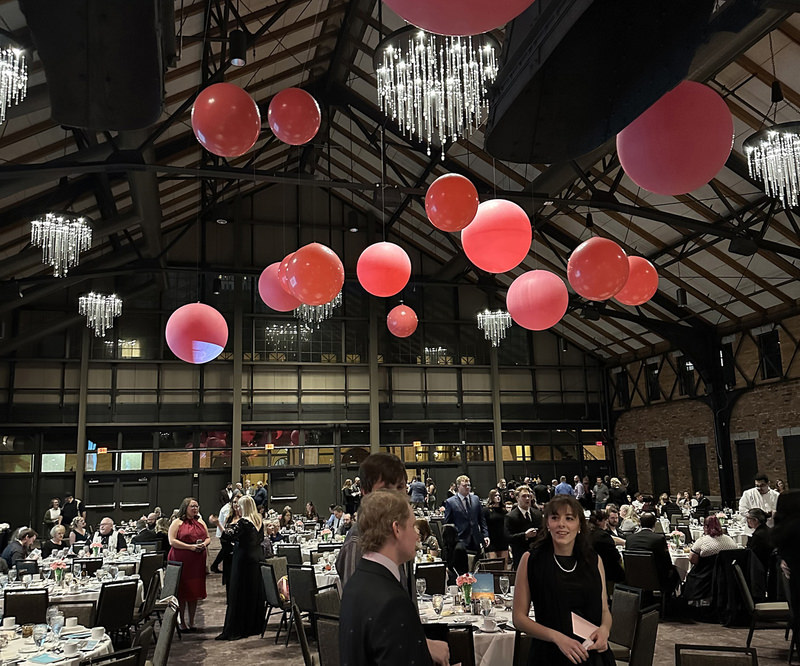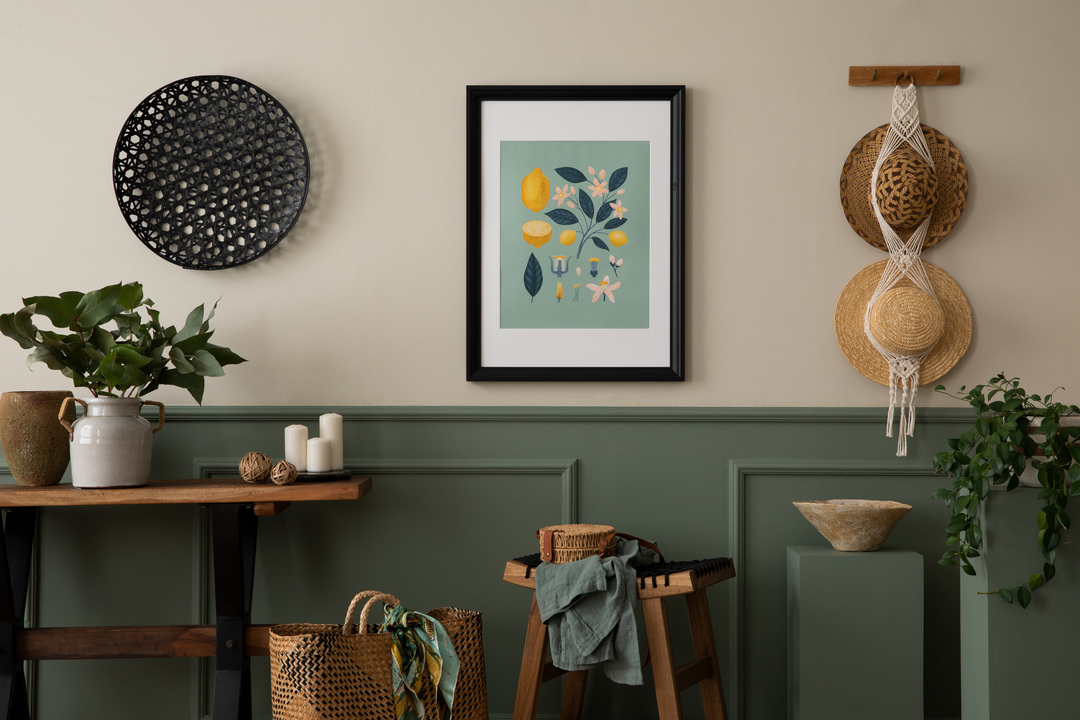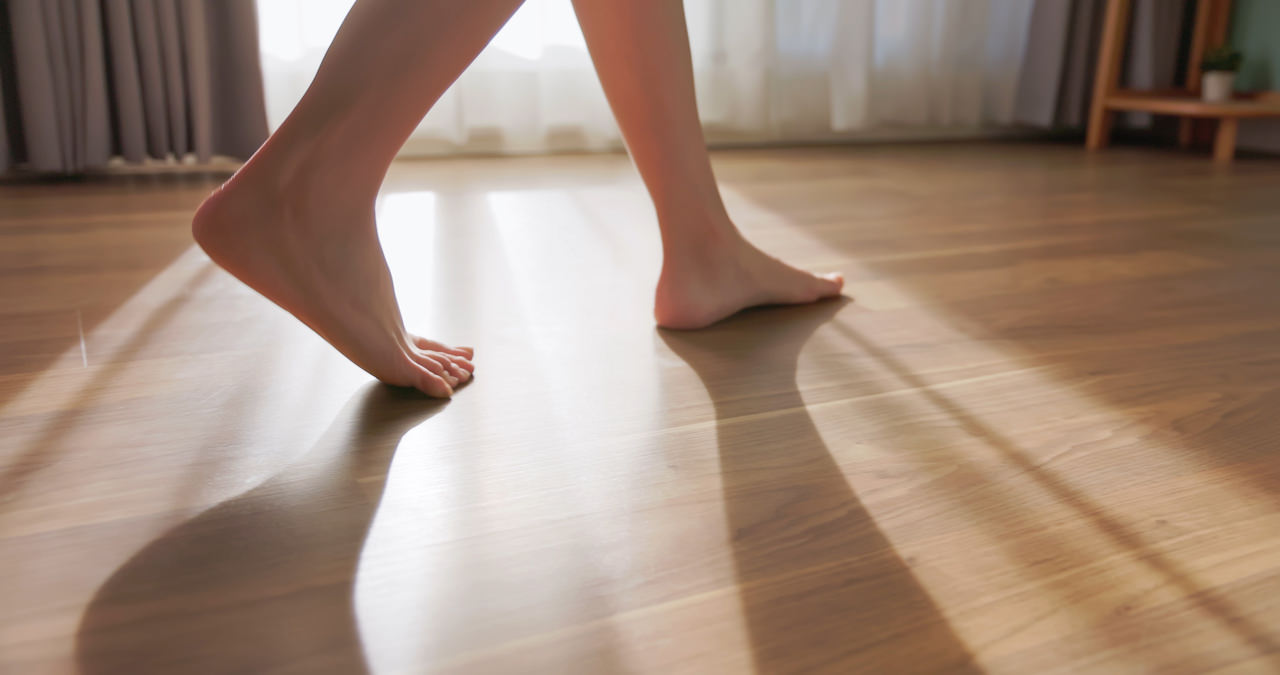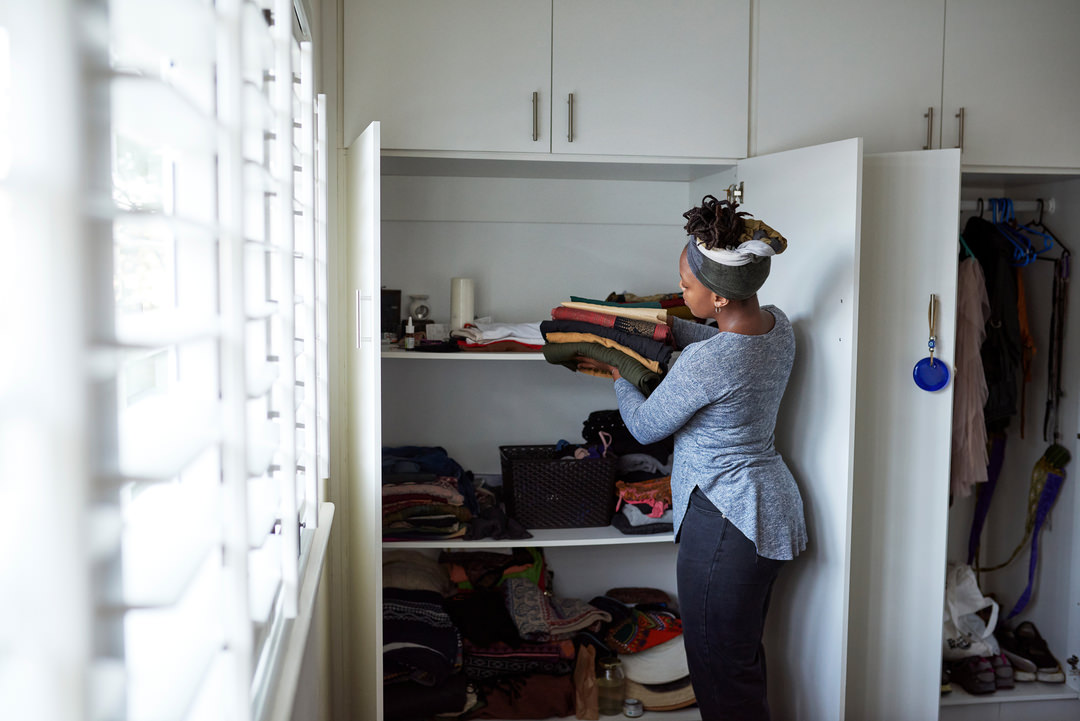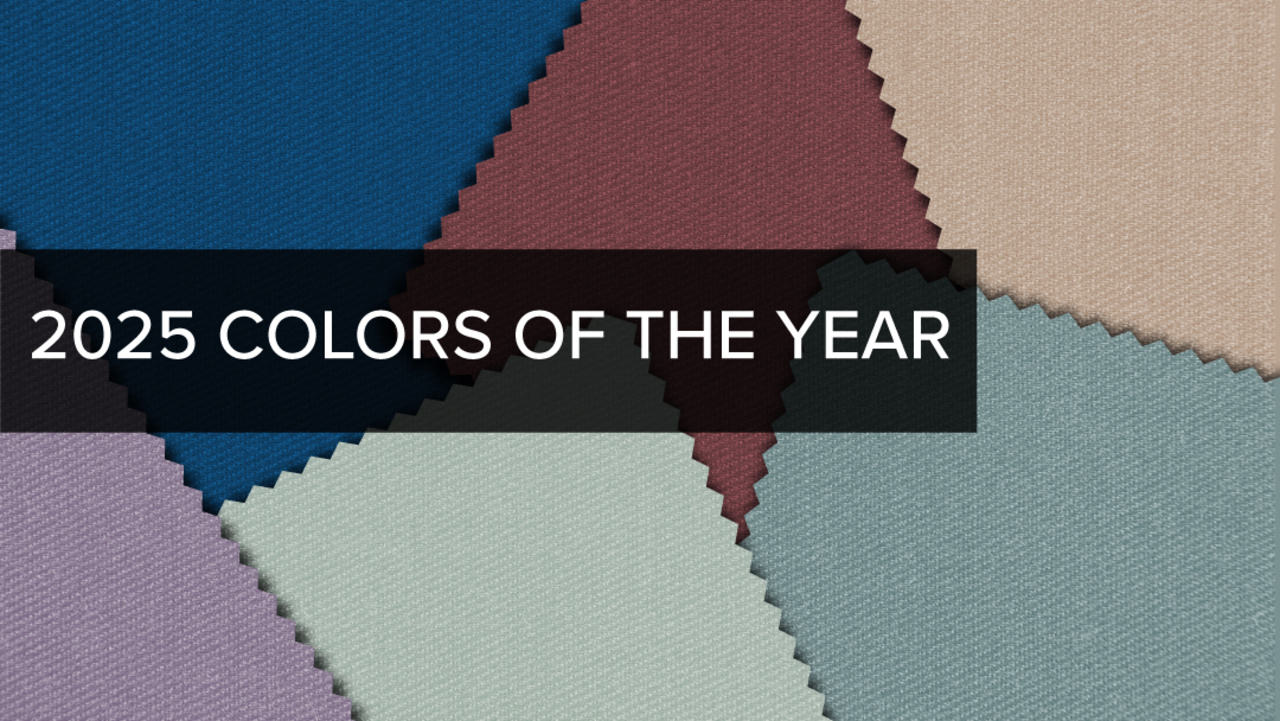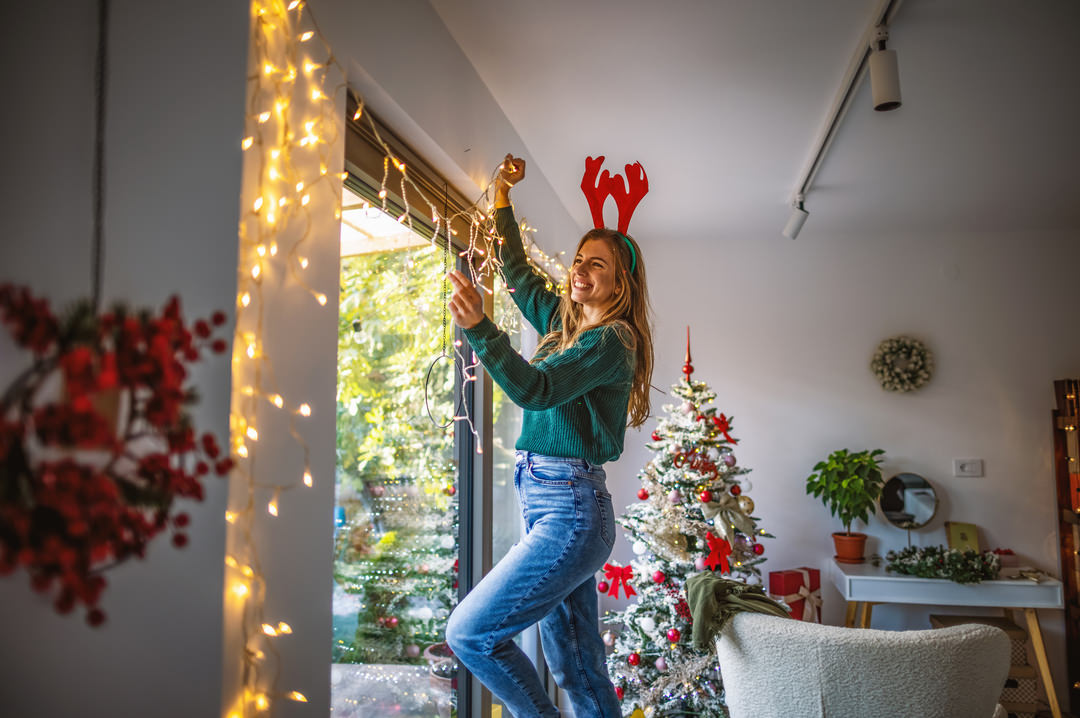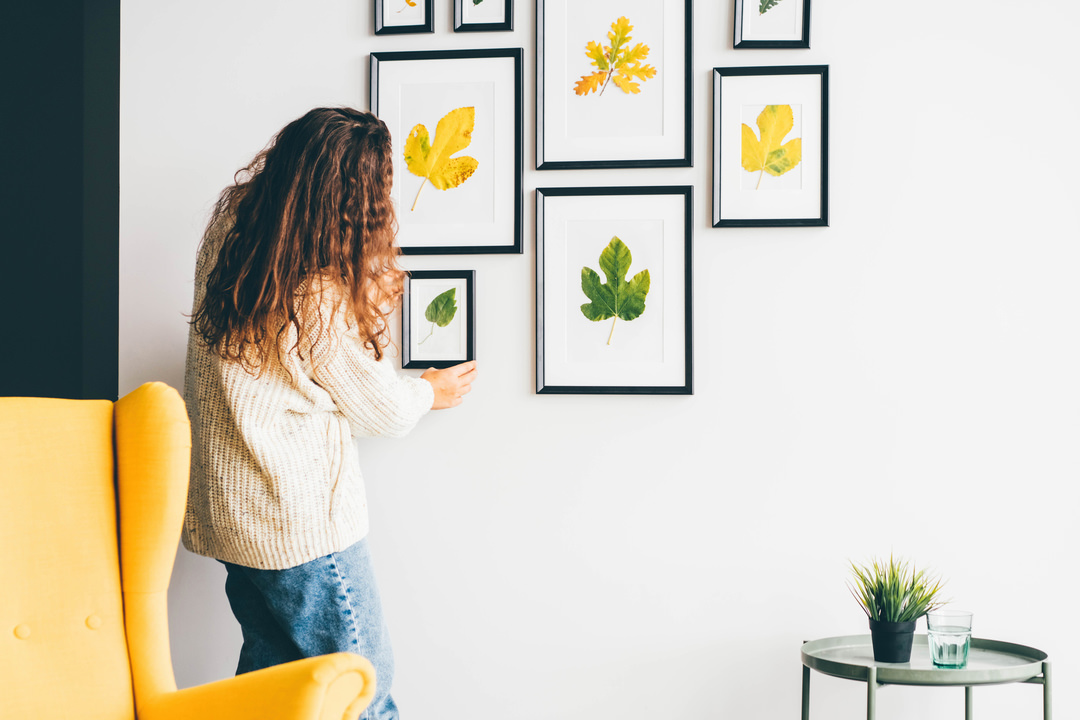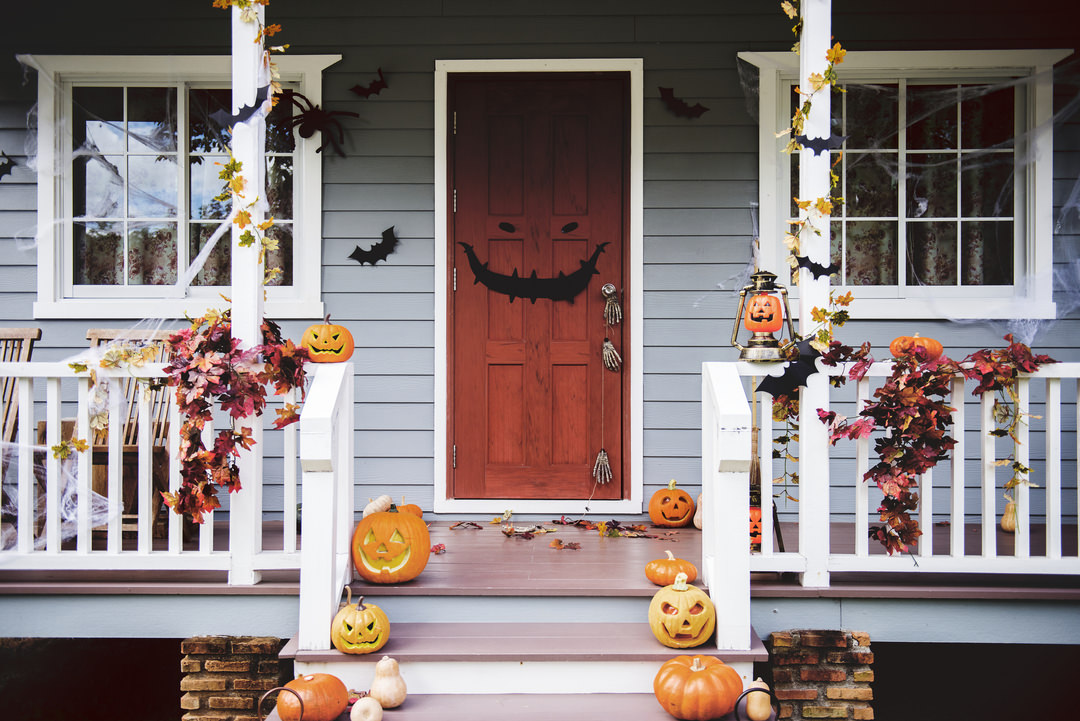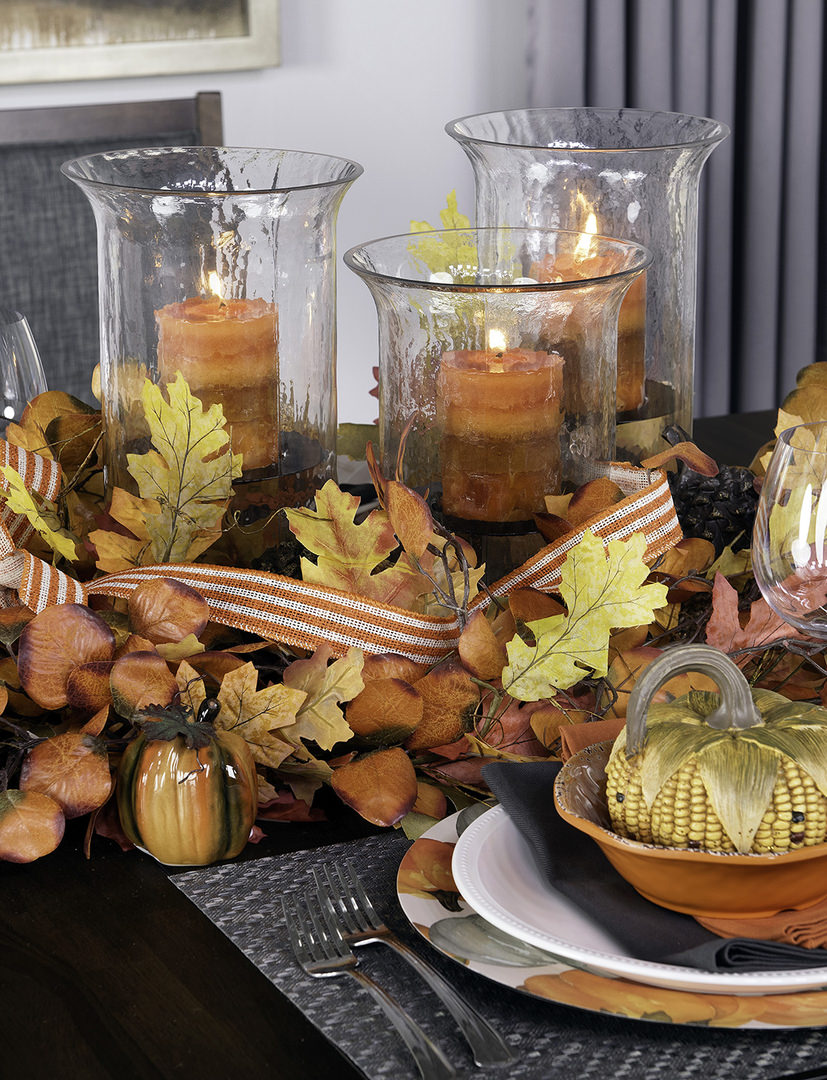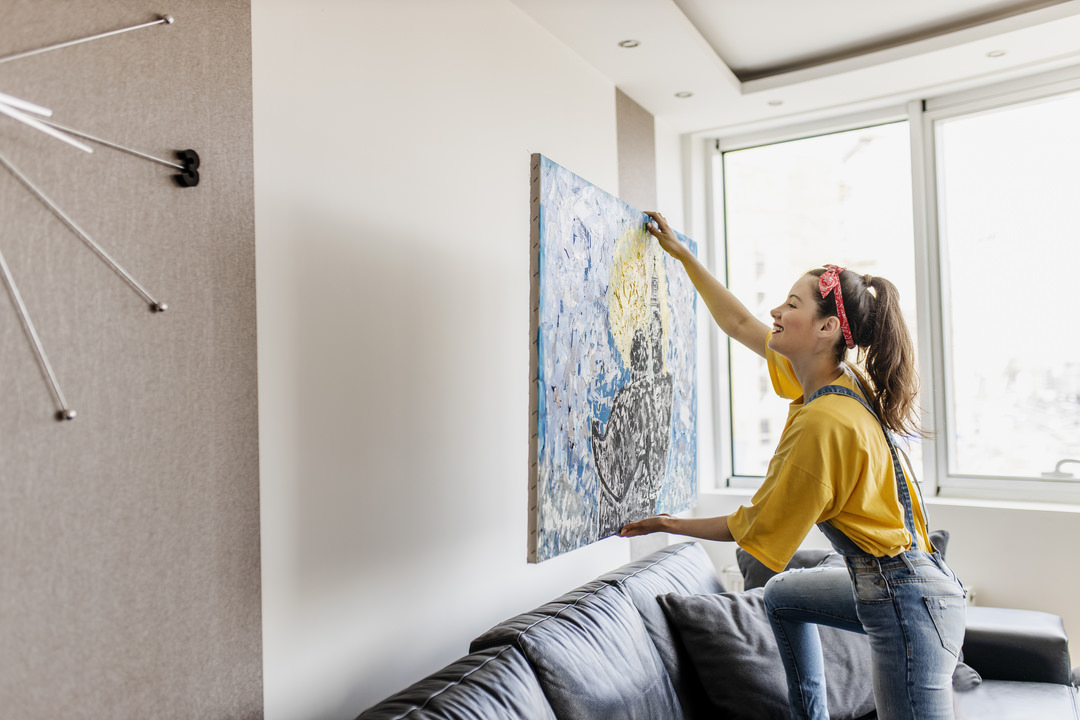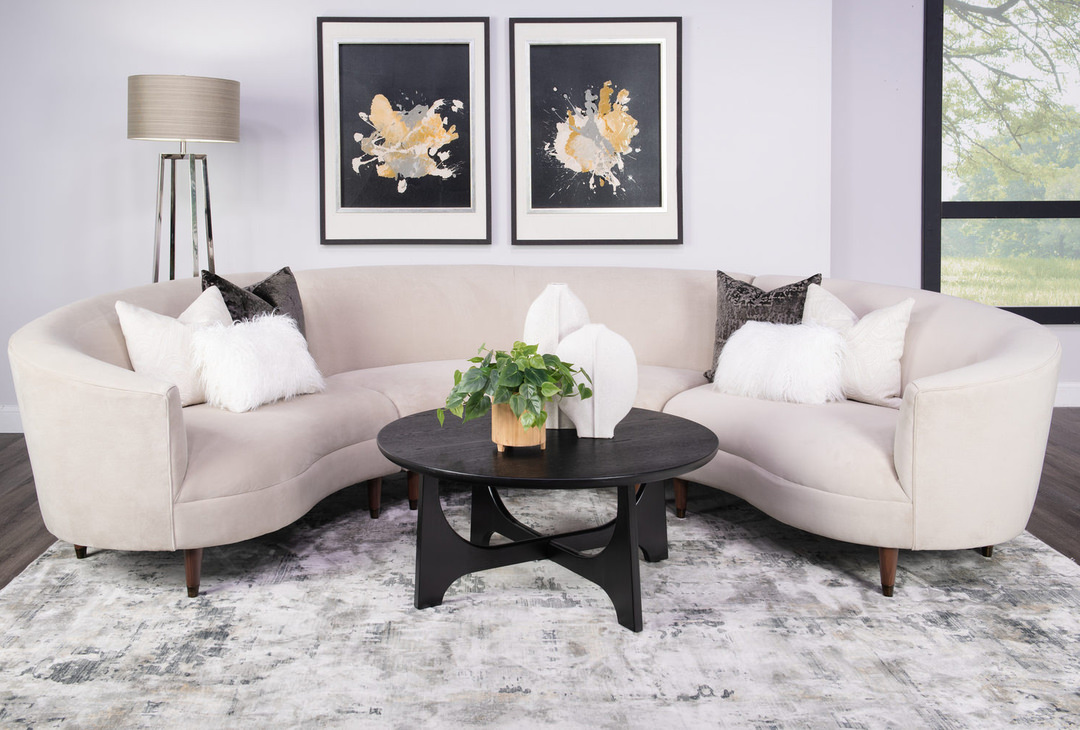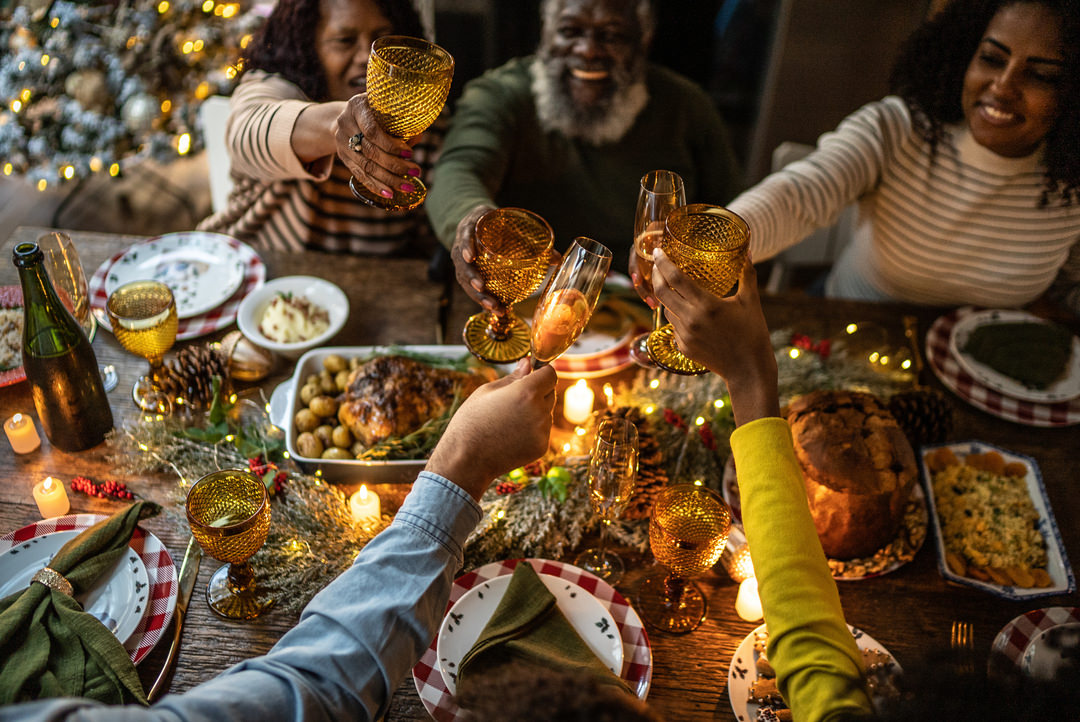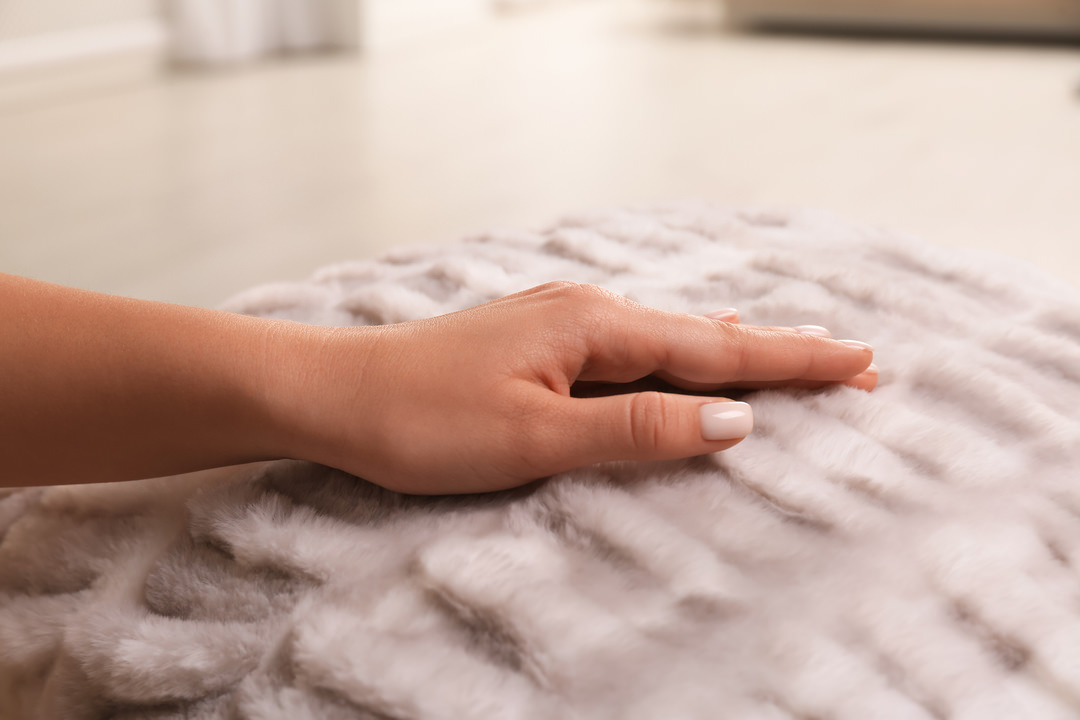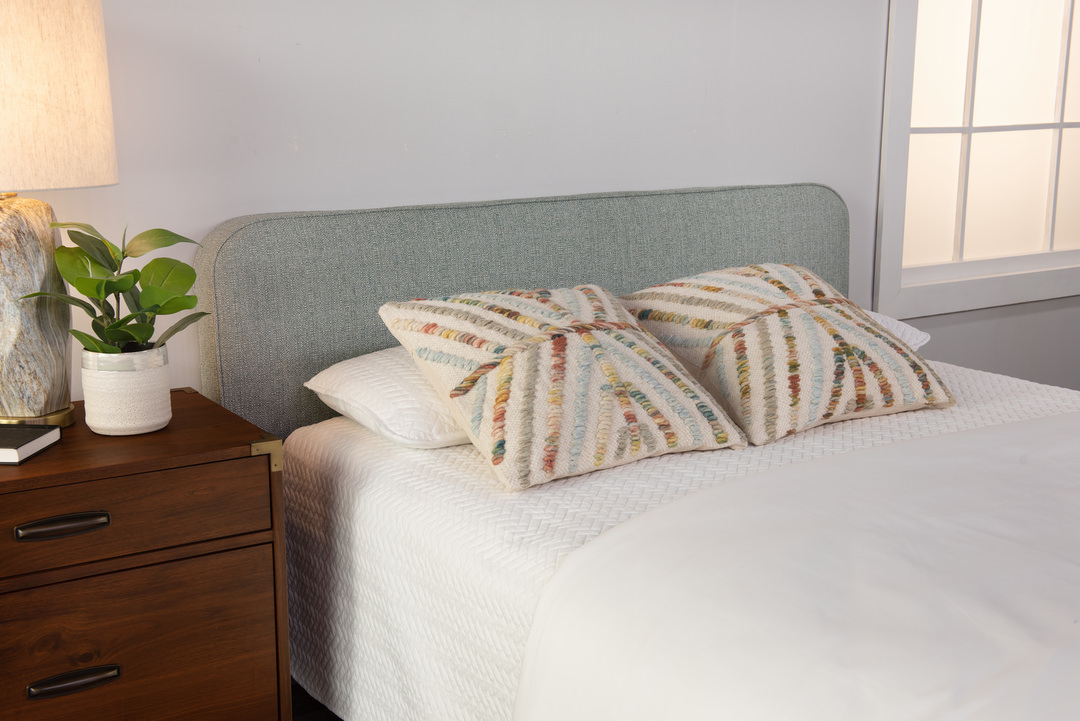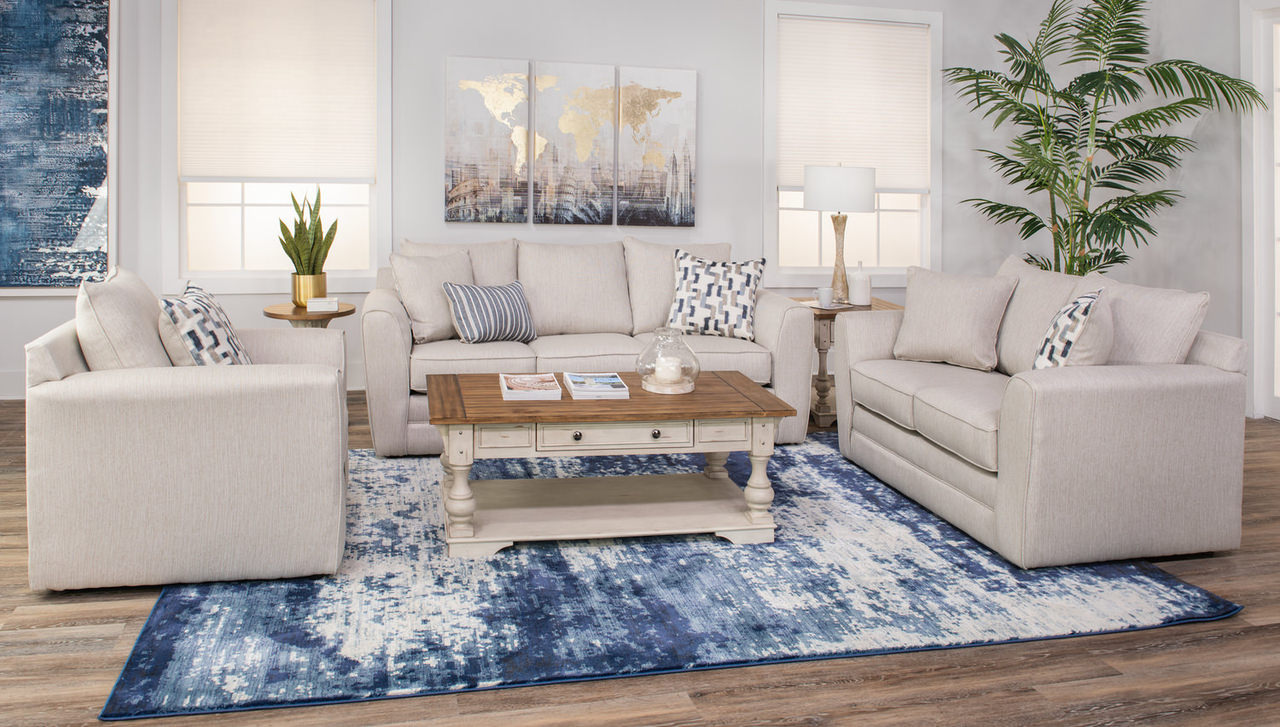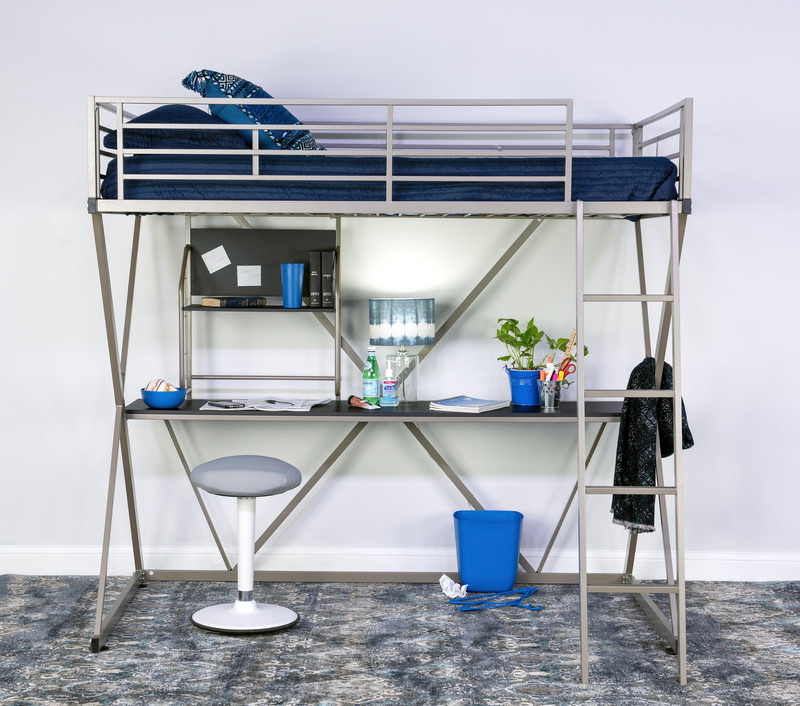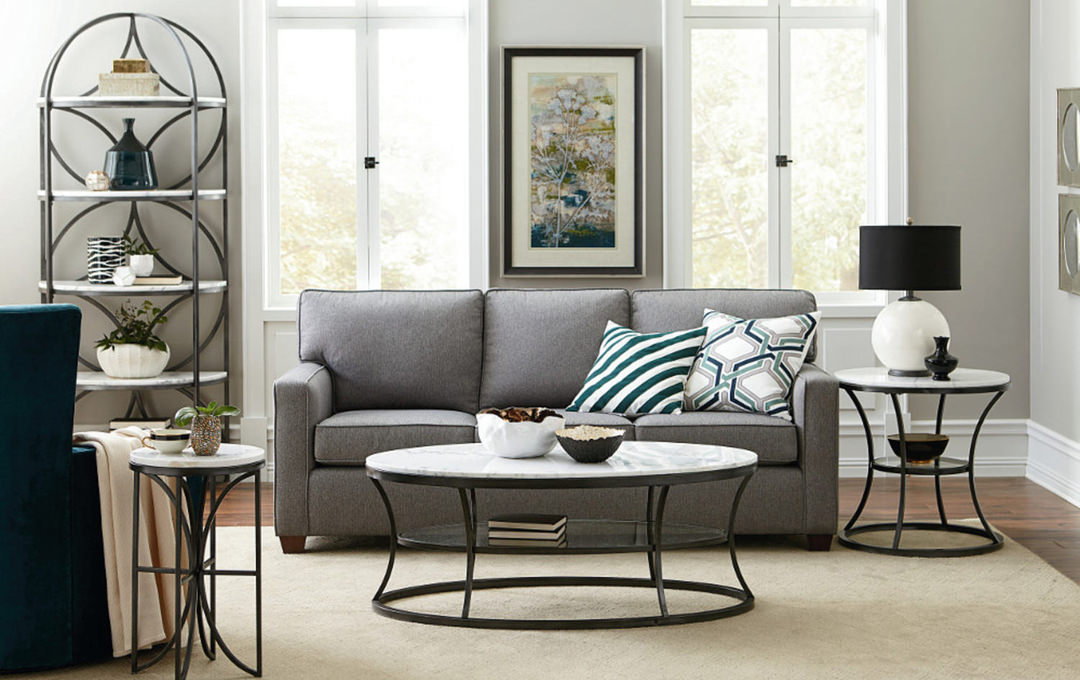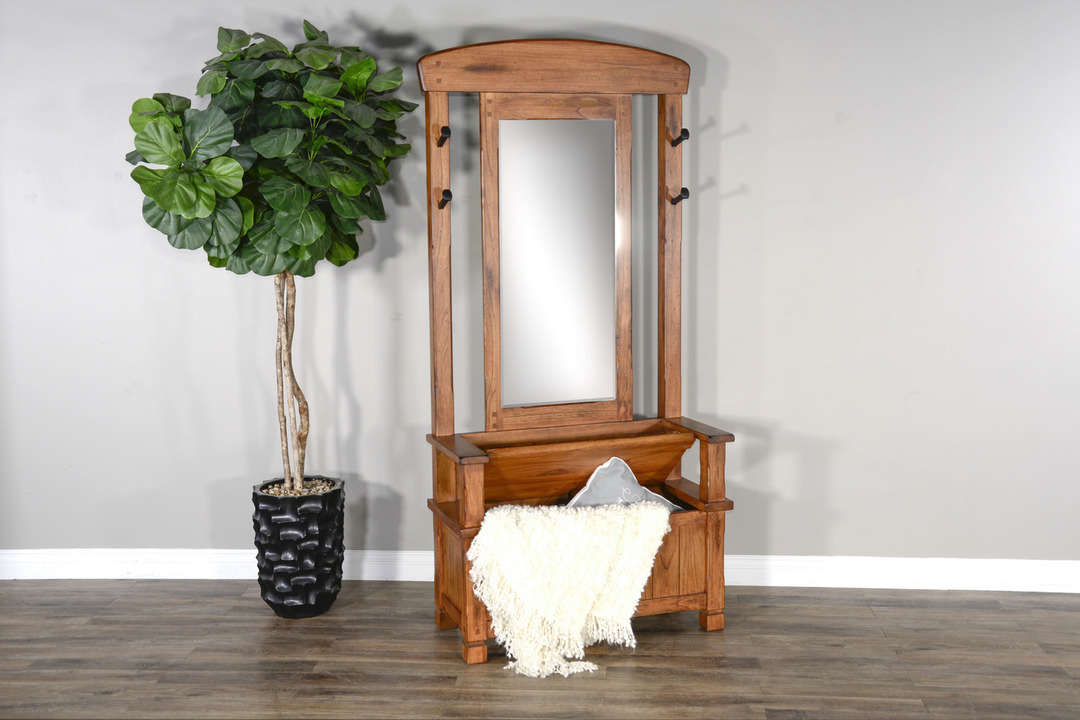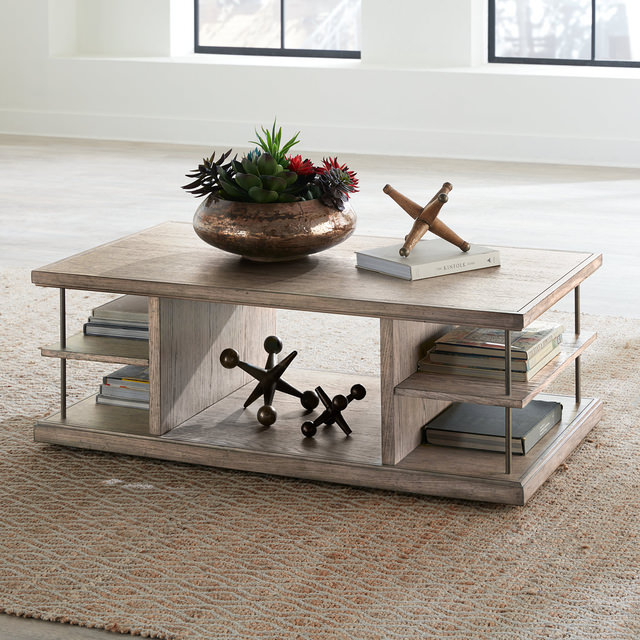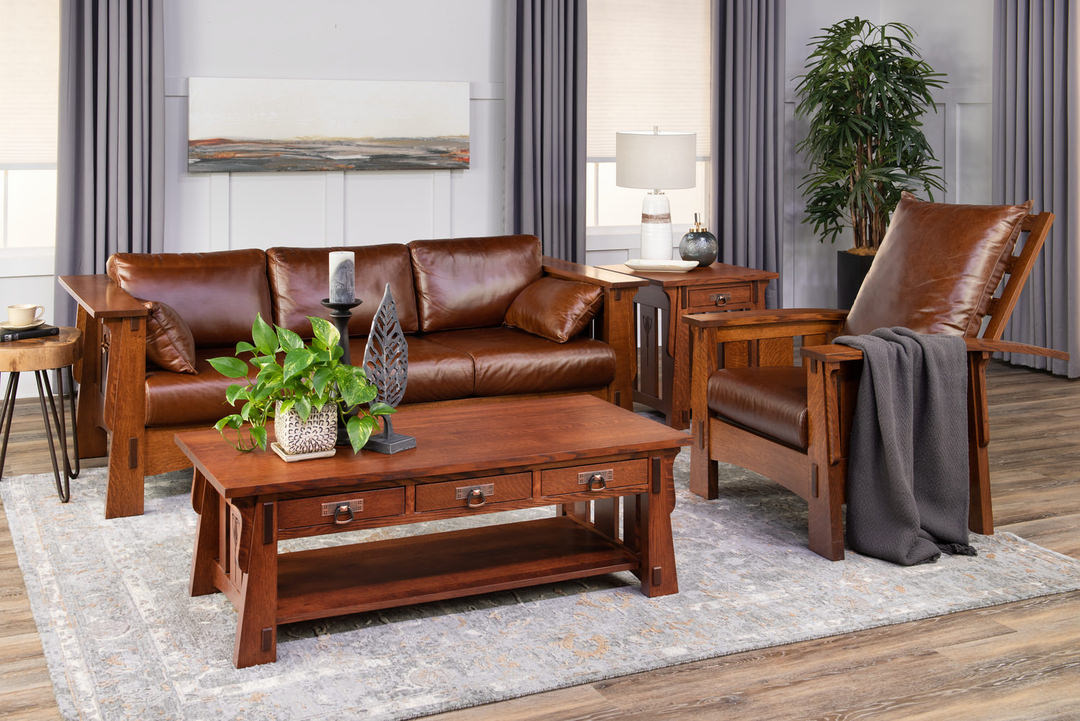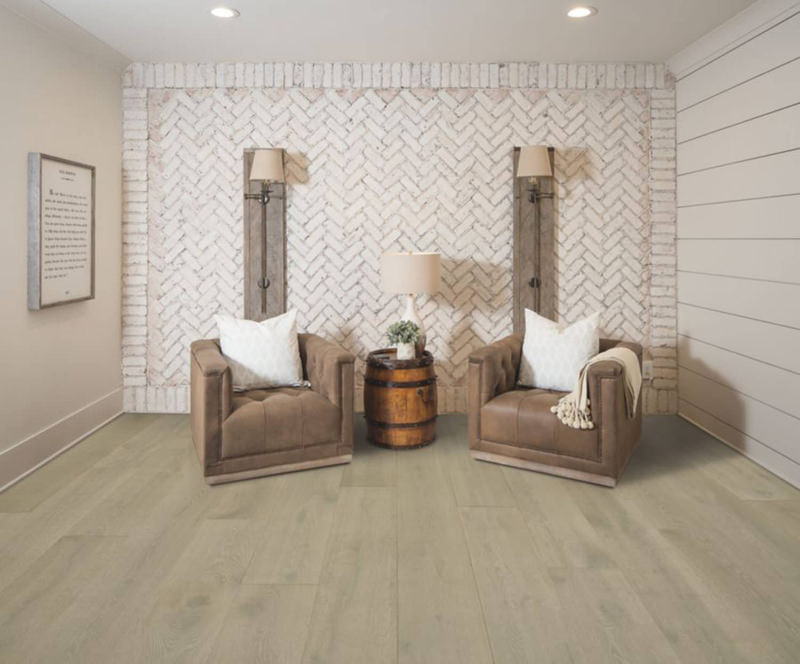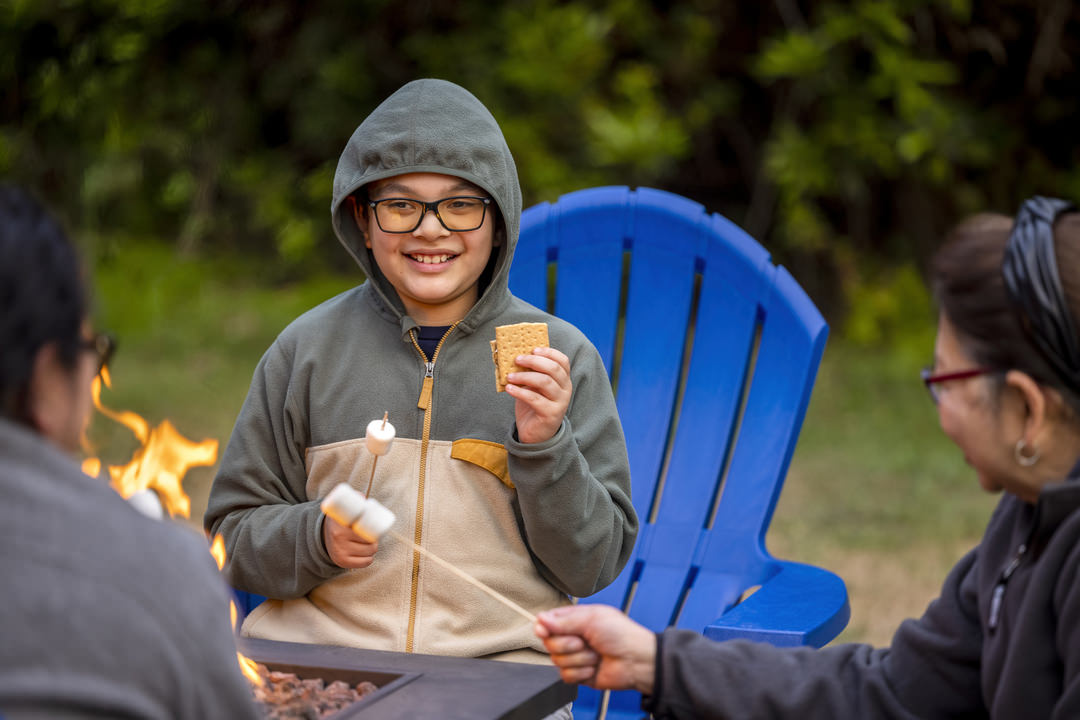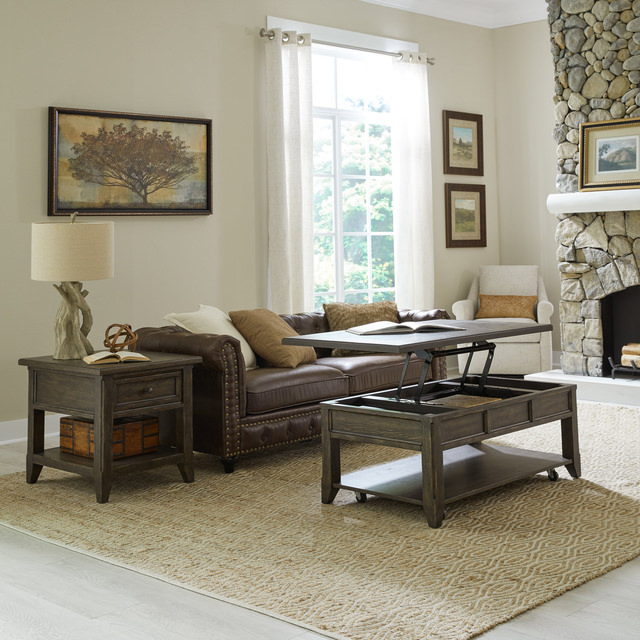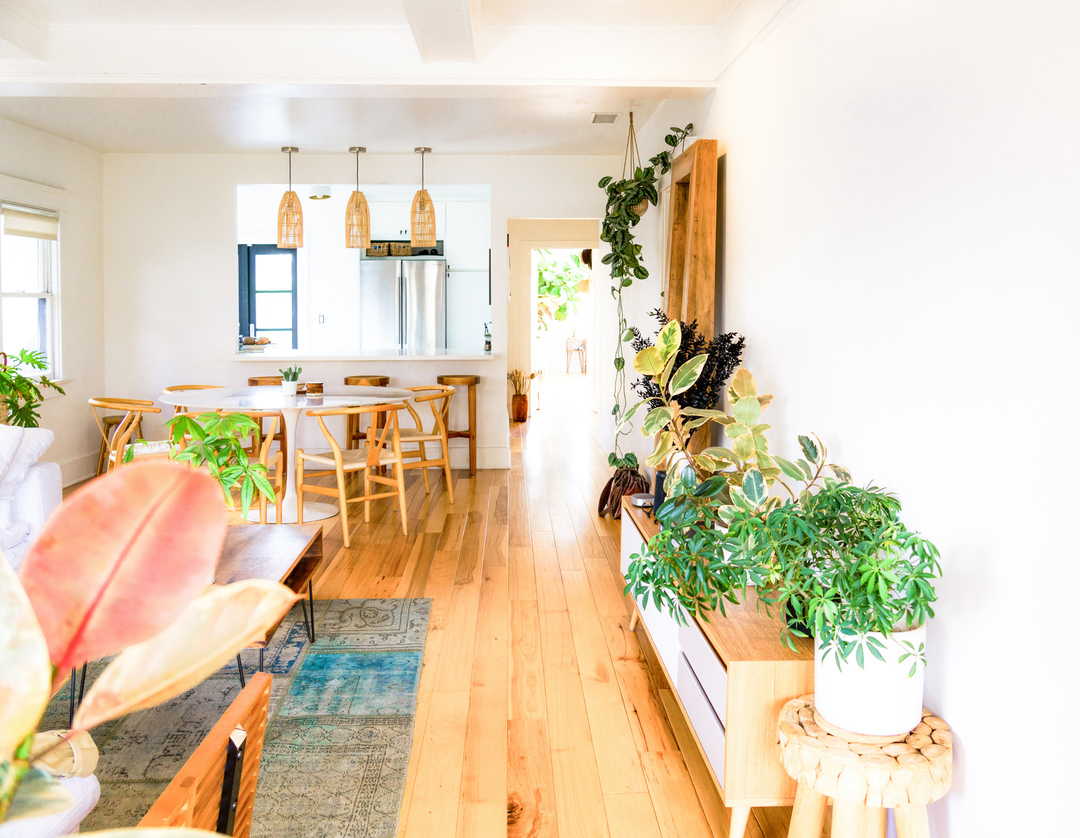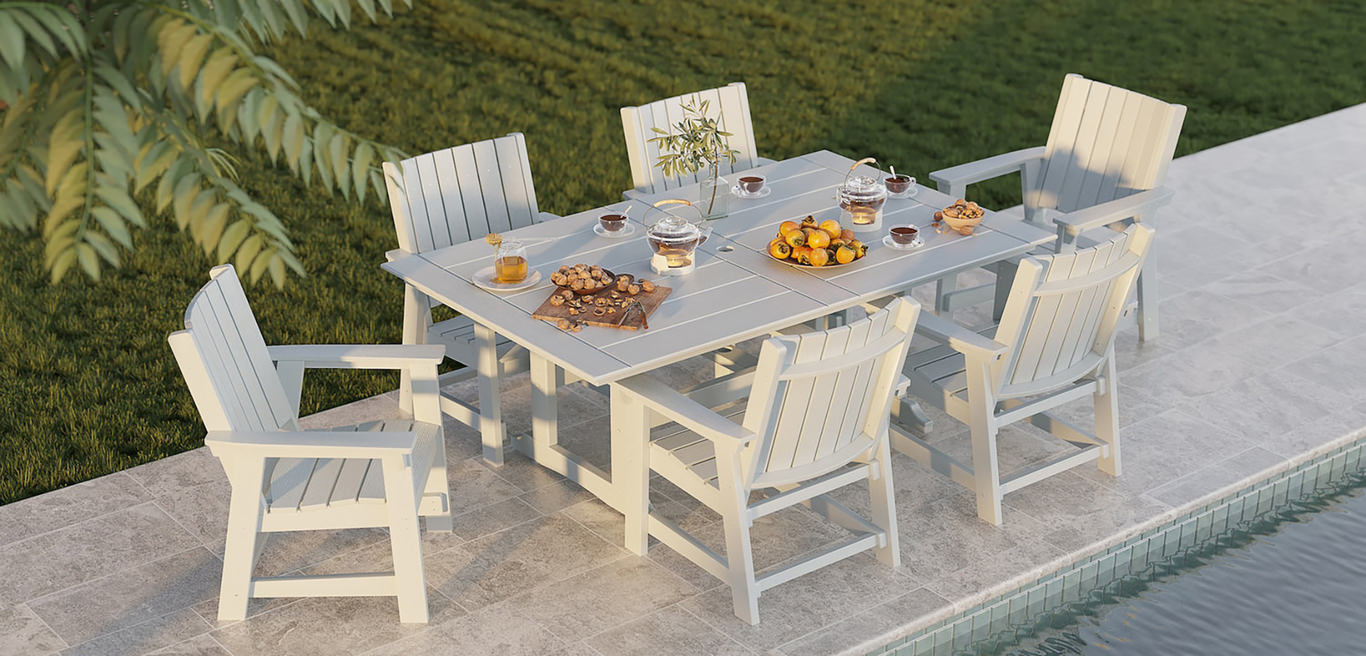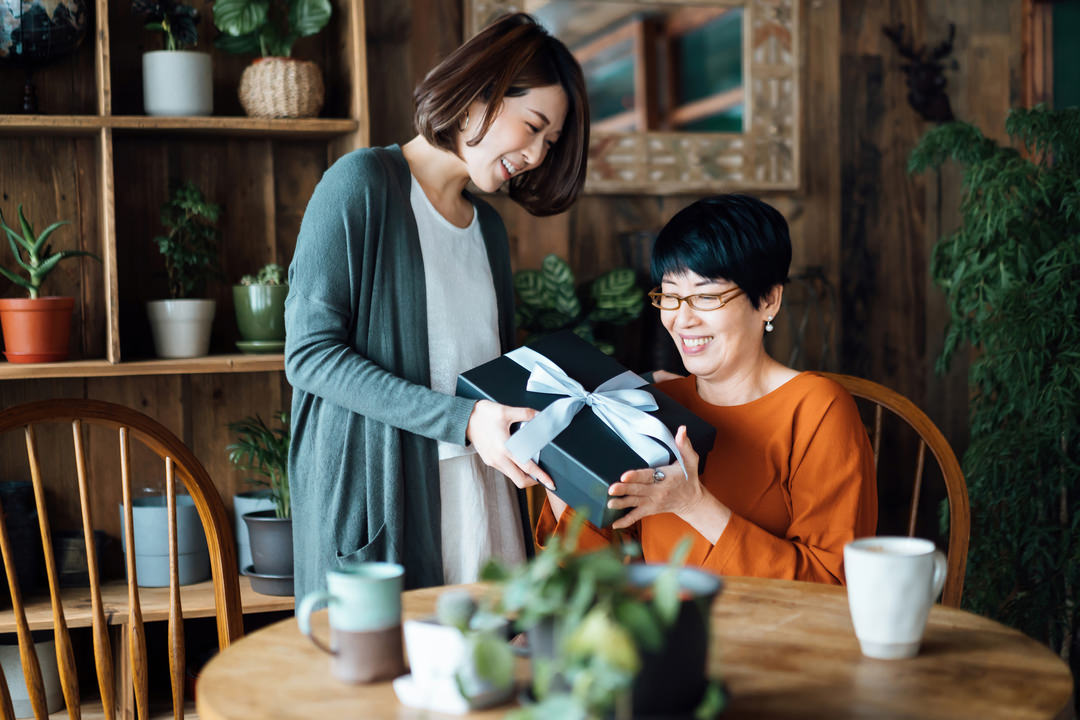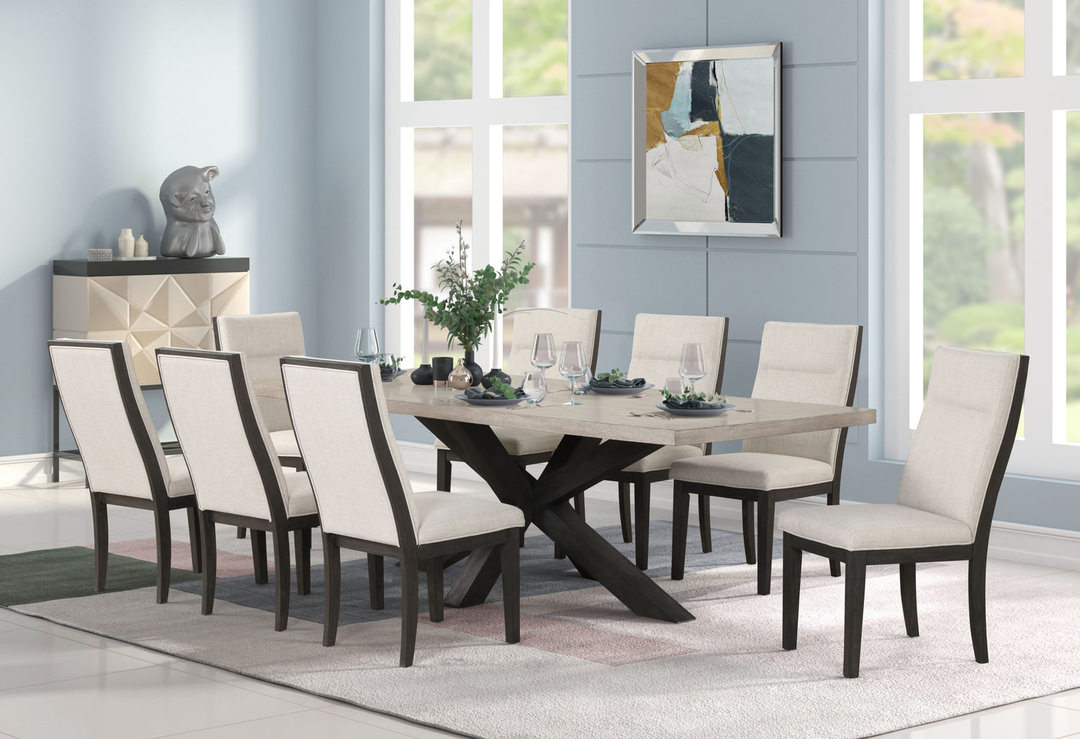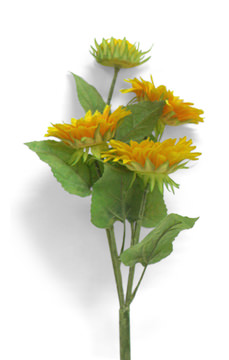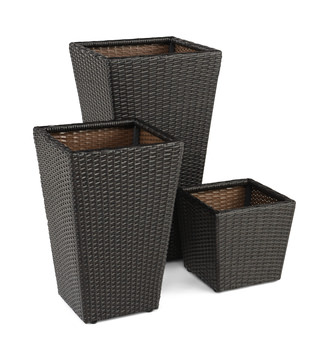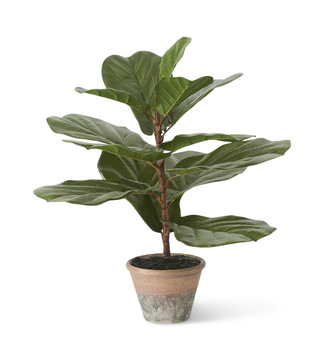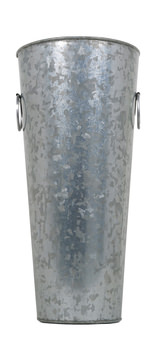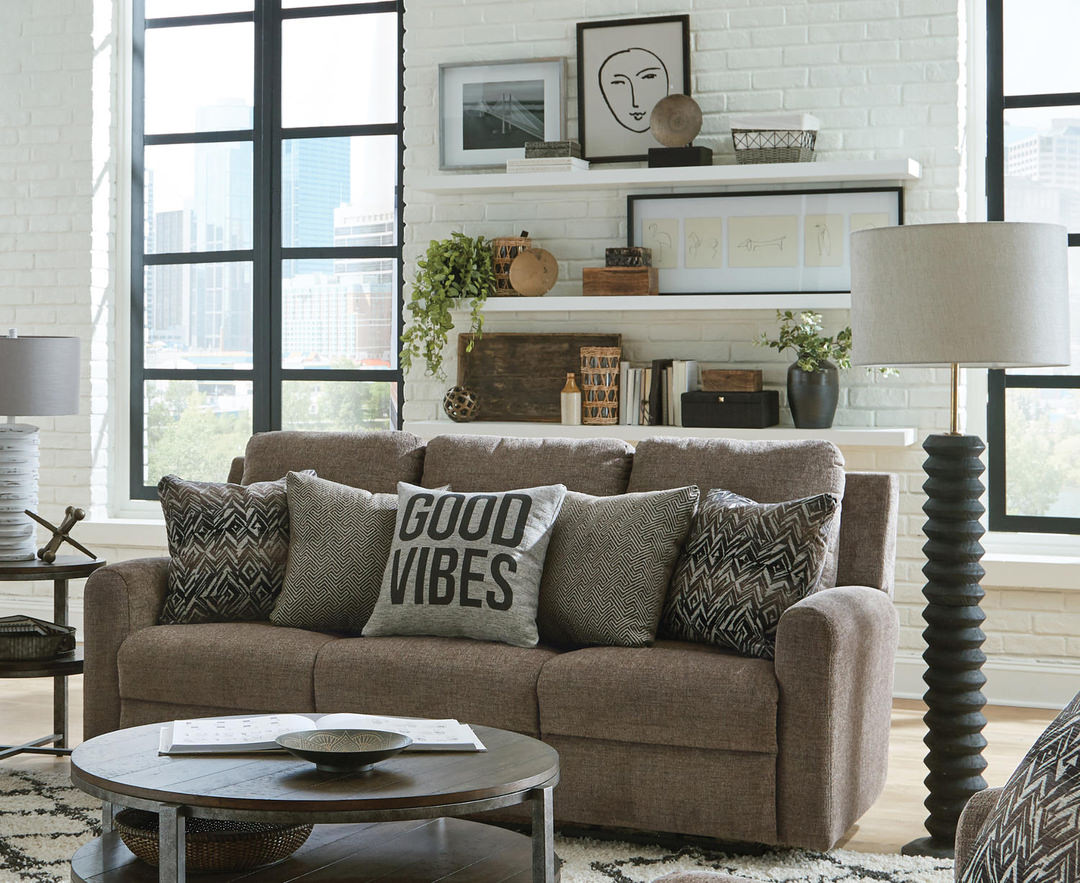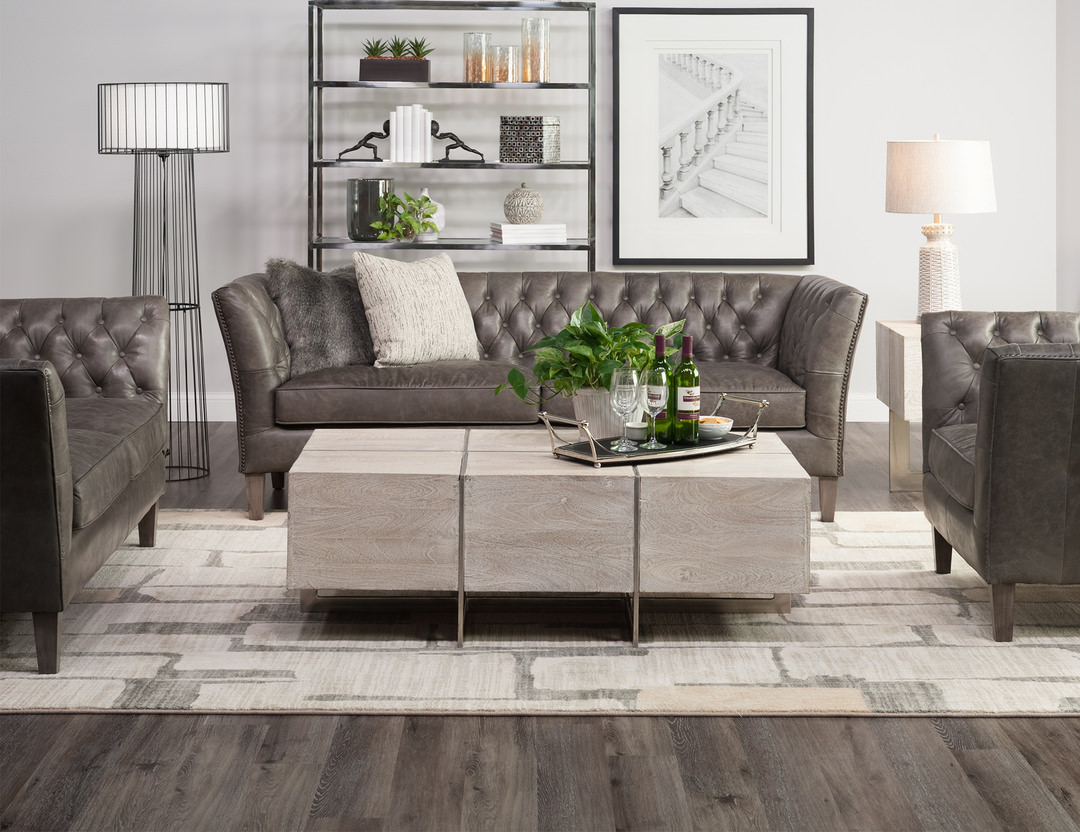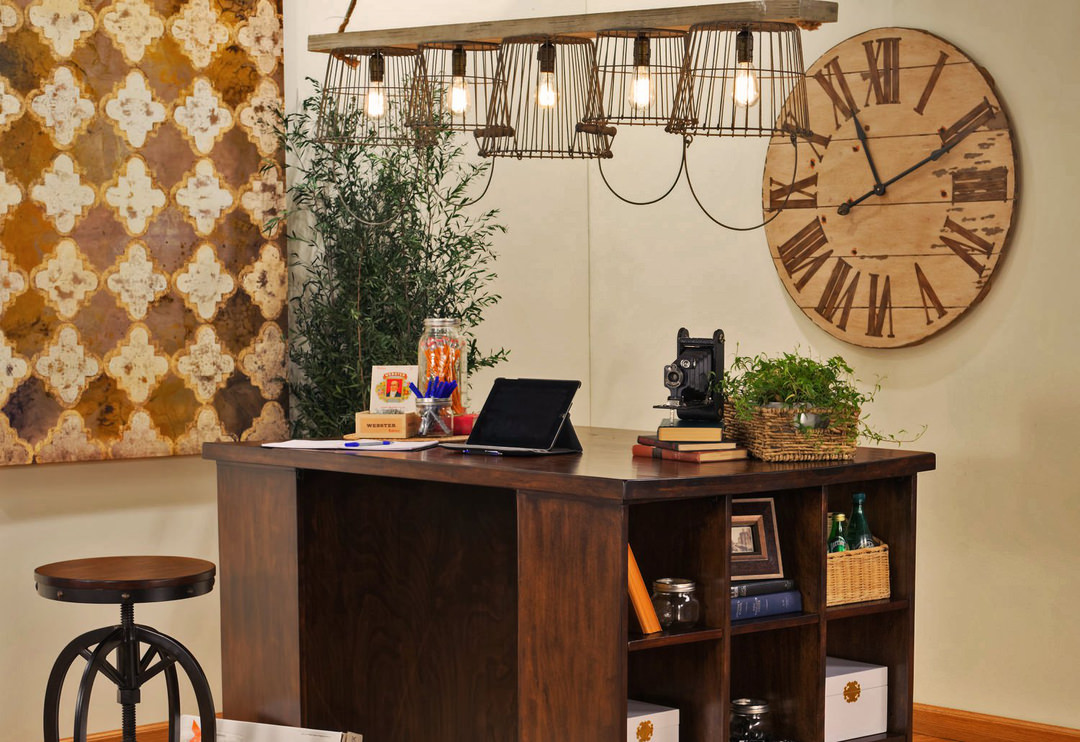Best Indoor Plants
Plants bring visual and health benefits into your home.
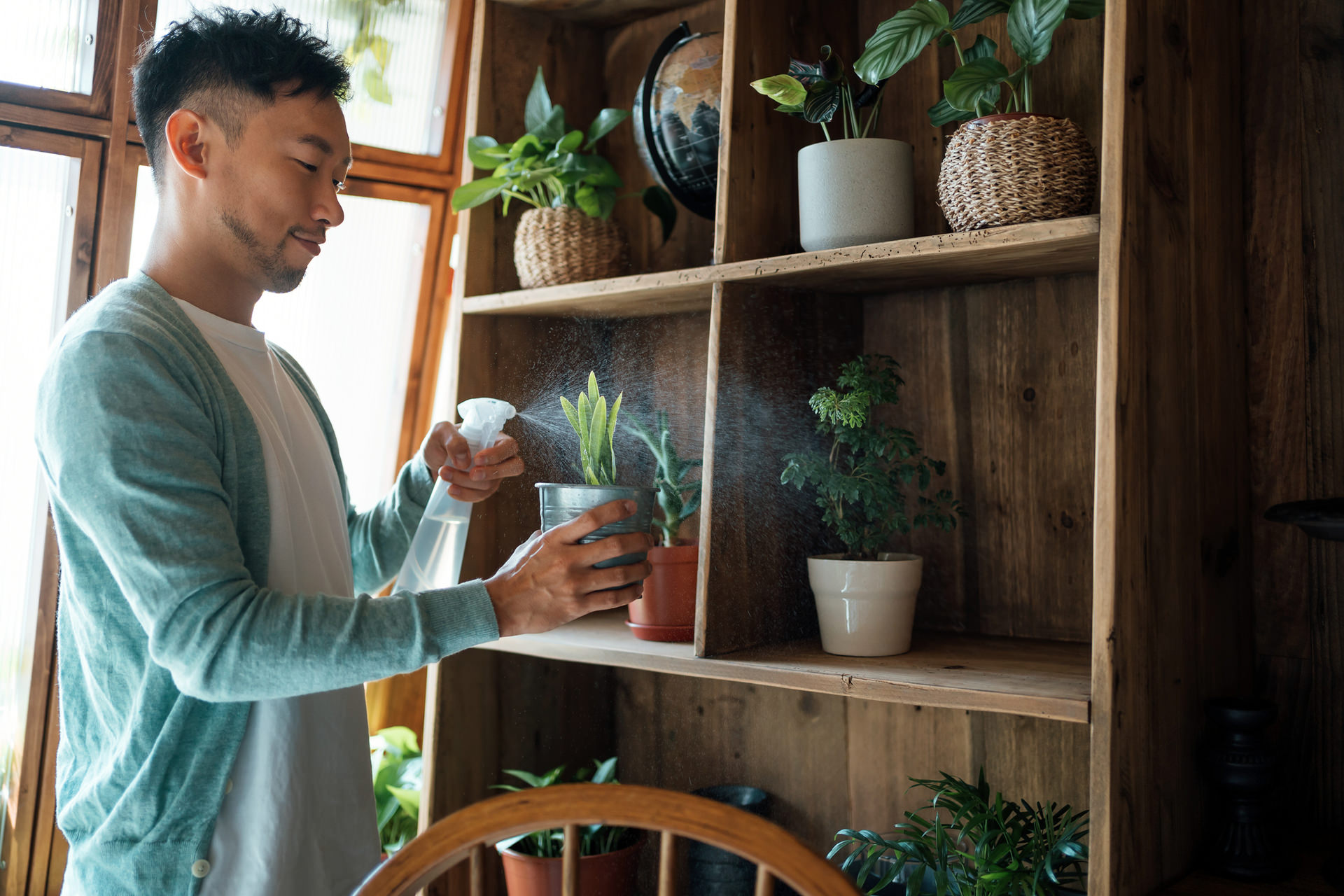
Plants in your home are not only attractive; they’re good for you. Human beings are biophilic. That's a fancy way of saying we have a basic instinct to connect with nature. Greenery triggers something inside of us that relaxes us and improves our mood. Houseplants can even boost concentration and improve productivity.
Learn more about biophilic design ideas.
But which plants should you bring home? The choices are endless – large plants, small plants, blooming plants, climbing plants – and it’s hard to know where to start. The answer depends on what your home is like, what you want your plants to do, and how much work you’re willing to put into them.
Here are some suggestions on the best indoor plants for your home and lifestyle.
Trending Indoor Plants
The monstera seems to be everywhere these days, not only in pots but also on artwork and upholstery. And no wonder! Its distinctive leaf holes practically scream “tropics!” It does need lots of sun and water, and the word “monster” embedded in the name is a warning. It can grow up to 30 feet, so it needs frequent pruning.
The snake plant, on the other hand, is easy to care for, needing only limited sunlight and water. Its vertical leaves with their stripes are welcome anywhere, and it modestly caps its growth at two to three feet.
Another specimen with showy leaves is the calathea, or peacock plant. The leaves don’t exactly resemble peacock feathers, but they’re just as boastful! These plants do take some work in the form of frequent light watering and leaf dusting.
Bromeliads add a pop of color with a flower in the center of the leaf formation. They come in a generous variety of looks!
Other flowering choices such as anthurium and orchids are also showing up in today’s homes.
Easy-Care Indoor Plants
If you want something that’s gorgeous, in fashion and easy to maintain, you can hardly do better than succulents! Succulents are thick, fleshy plants built to retain water. The diverse family includes sedum, jade and cactus. Jade plants look like little trees, and their bright green color is especially welcome in the drab winter months. The Christmas cactus is an old favorite but still appreciated with its occasional exuberant blossom!
Small succulents are great in terrariums. All they ask is to avoid too much direct sunlight.
Peace lilies are another choice for the beginning indoor gardener. They require attention to soil moisture, but they rapidly produce stunning white flowers!
The ZZ plant with its dark green leaves does fine with low light and infrequent watering, yet the leaves still brighten a room.
Indoor Plants with Health Benefits
Indoor plants promote our health merely by being natural and pretty, but they also release oxygen and absorb carbon dioxide during the day. Some, such as gerbera daisies, continue to pump out oxygen at night and might improve sleep in a bedroom.
The typical home has objects such a carpets and cleaners that give off volatile organic compounds. Some houseplants are efficient as soaking up these unwanted substances. Examples are parlor palms, Boston ferns and many kinds of ivy.
Plants can also fight allergies by trapping airborne particles. Chinese evergreen, peace lilies and violets are examples. Textured leaves are generally good, and of course allergy sufferers should avoid plants with spores or pollen.
Some plants are good humidifiers, especially welcome in regions with dry winters. Spider plants may boost humidity.
Indoor Plants for Low Light
Not everything will thrive in rooms with small windows or north-facing rooms. However, ZZ plants and snake plants are good choices for low light conditions. Consider also the cast iron plant; it’s as indestructible as the names suggests.
For a unique choice, what about the coffee plant? It smells wonderful and has a minimum light requirement. Keep it watered, though!
Ferns do as well in indoor low light as they do in outdoor shade. Many ivies, such as English and Algerian, don’t need much sunshine.
Indoor Plants for Small Spaces
A monstera may not be suitable for a small apartment or condo, but there are plenty of attractive choices that work just fine! African violets need only a small pot and can turn into an interesting hobby. Smaller succulents will go several to a pot or windowsill planter.
Pilea and watermelon peperomia thrive in modest containers. An asparagus fern is attractive as a hanging houseplant.
Air plants don’t require potting at all! In nature, they grow on tree branches, but they’ll attach to any hanging or standing piece of wood. All they need is a bit of spritzing.
Indoor Plants for Pet Owners
Cats are curious and dogs love to eat, and both tend to nibble things they shouldn’t. If you have animals (or small children!), avoid houseplants that are toxic.
You generally can’t tell toxic plants by looking. For example, banana trees are fine but weeping figs are a no-no. Some succulents are safe but others aren’t.
Be cautious: google any plant for toxicity before you bring it home!
Faux Indoor Plants
High-quality imitation plants often look as good as or better than the live ones they copy! If you’re frequently away from home or just have bad luck with the real thing, you might want to consider this alternative. If light conditions prevent you from growing a live plant where you want it, a substitute will never dry up or drop its leaves.
Faux houseplants won’t release oxygen or purify the air, but they offer many of the same benefits as living ones. They’re still a beautiful form of greenery that can lift your spirits. On the plus side, they’ll “grow” anywhere and they never need water. They can’t harm pets, and you won’t ever have to buy fertilizer or larger pots.
Whether you choose natural plants or their imitation equivalent, there are plenty of excellent options for every home, every room and every set of conditions.
Get more design ideas:
